#all posts / elisabeth.
Text
Bruh I find it so annoying how I had to get hyperfixated on the least popular piece of media ever. Like why did my brain not choose Harry Potter or something. There is like 10 active elisabeth das musical accounts and nobody I know outside this app knows it 😭😭
#so grateful for all of you who post about this musical just know that I love you <3#elisabeth das musical#german musicals#elisabeth#musicals
62 notes
·
View notes
Text
VERY VERY CURSED CONTENT I'M SORRY but it's getting out of control
so my friend said that on some picture tod looked like SKYLER WHITE and well TECHNICALLY SHE'S NOT WRONG- and i guess it's a new fucked up inside joke now. so yeah skyler white as der tod or der tod as skyler white or whatever-



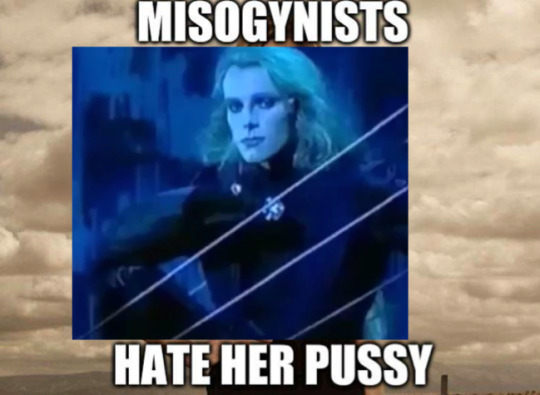

#sometimes i think if i posted ALL my shit here yall would fucking block me forever#like even this is not the worst#on the scale of normalcy it's quite normal#elisabeth das musical#breaking bad#.
42 notes
·
View notes
Photo


SECRET SWEETH TOOTH: Sweets turned out to be one of Sisi’s favorite over-indulgences, and she was known to splurge on confections and pastries. She frequented Demel, the official patisserie of the Imperial Court, which was conveniently located across the street from the Hofburg. She would slip in and order thick hot chocolate, homemade truffles, and sumptuous slices of chocolate cake. She was especially fond of candied sugar violets, and always went home with a box. Her passion for violets was so great that she even indulged in her favorite treat, violet ice cream, when she wasn’t starving herself.
THE FAIRY QUEEN: Sisi got the idea for her famous sparkling stars after attending a production of A Midsummer Night's Dream at Vienna's Burgtheater. The actress portraying Titania wore a sprinkling of glittering stars in her hair; inspired, Sisi then requested her own fairy stars from the imperial jeweler. She saw herself as the fairy queen Titania, and her bedroom (which she called "Titania's enchanted castle") was painted at great expense with scenes from A Midsummer Night's Dream by a young Gustav Klimt.
THE LOOK: Her beauty routine was legendary. She used facial waters of rose, chamomile, lavender, and violet to remove impurities, and she would slather her cheeks with pure honey, rose petals and crushed strawberries. After her Rapunzel-esque hair was done to her satisfaction, it would be sprayed with Creed’s Fantasia de Fleurs, a heady floral fragrance created especially for the Empress, with a regal bouquet of the best Bulgarian roses.
- Assorted sundries about Empress Sisi 💗
#elisabeth of austria#sisi#romy schneider#ludwig#perioddramaedit#perioddramasource#historicwomendaily#*#poor romy she had to wear this wig in four separate movies#it looks stunning obviously but my god the migraines!#you know how the romanov daughters survived the initial round of gunfire because their jewels were bulletproof?#i am shocked sisi's hair didn't protect her from that cheap-ass file#that's why it's so big#It's full of secrets#but i digress#i got a request for fun sisi facts AGES ago and i'm only getting around to it now what HAPPENED#i pulled this from a dozen books and i don't feel like citing all of them but it's all documented!#whenever i make a post like this there's always someone who's like 'this sounds fake but okay'#yeah i made it all up for tumblr likes 🙄#girl my minor in college was history i do not fuck around on this stuff!
713 notes
·
View notes
Text



















Historical Portraits of Children // The Truth is a Cave – The Oh Hellos
Four Children Making Music – attributed to the master of the Countess of Warwick, 1565 // Three Children with a Dog or Two Sisters and a Brother of the Artist – Sofonisba Anguissola, 1570-1590 // The Children of Philip III of Spain (Ferdinand, Alfonso, and Margarita) – Bartolomé González y Serrano, 1612 // Three Children with a Goat-Cart – Frans Hals, 1620 // The Balbi Children – Anthony van Dyck, 1625-1627 // The Three Eldest Children of Charles I – Anthony van Dyck, 1635-1636 // Five Eldest Children of Charles I – Anthony van Dyck, 1637 // Portrait of the Children of Habert de Montmor – Philippe de Champaigne, 1649 // Group Portrait of Charlotte Eleonora zu Dohna, Amalia Louisa zu Dohna, and Friedrich Christoph zu Dohna-Carwinden – Pieter Nason, 1667 // The Graham Children – William Hogarth, 1742 // Portrait of Sir Edward Walpole’s Children – Stephen Slaughter, 1747 // The Bateson Children – Strickland Lowry, 1762 // The Gower Family: The Five Youngest Children of the 2nd Earl Gower – George Romney, 1776-1777 // Marie-Antoinette de Lorraine-Habsbourg, Queen of France, and Her Children – Élisabeth Louise Vigée Le Brun, 1787 // The Marsham Children – Thomas Gainsborough, 1787 // The Oddie Children – William Beechey, 1789 // Three Siblings – Johann Nepomuk Mayer, 1846 // Happy Children – Paul Barthel, 1898 // My Children – Joaquín Sorolla, 1904 // The Truth is a Cave – The Oh Hellos
#this line makes me feel Very Normal and not at all Deranged 🥴😵💫#portraiture#family portrait#portrait#portrait painting#sofonisba anguissola#frans hals#anthony van dyck#philippe de champaigne#william hogarth#george romney#elisabeth vigee le brun#elisabeth louise vigee le brun#thomas gainsborough#joaquin sorolla#the truth is a cave#the truth is a cave song#the truth is a cave the oh hellos#through the deep dark valley#through the deep dark valley album#through the deep dark valley the oh hellos#the oh hellos#art history#art#lyrics#lyric art#long post
33 notes
·
View notes
Text
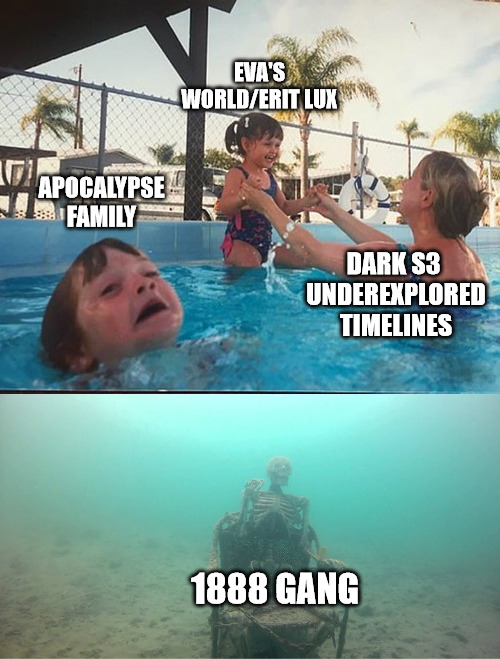
#dark netflix#eva's world#erit lux#apocalypse family#1888 gang#dark netflix meme#even though eva's world is the one that received more attention there's still a bunch of things that they didn't show#i will never get over of Egon as a traveler#they show it one time and pretended that i didn't wanted to know everything about it#also all the characters that we never saw in their eva's world version#i'm gonna suposse that they all have bangs#shitpost#i posted this#s3 barely showed any interaction between the four and somehow I can't stop thinking about them#claudia was the leader and the only adult they have in their lives#jonas was everyone's favorite sad boy#the two of them learned sign language#elisabeth was the little one and she was adored by all of them#noah and his 1920s boy attitude was somehow the comedic relief of the group#they were like a sad sitcom and i'm sure they felt less sad because of elisabeth#claudia and elisabeth were the smart ones of the group#noah and jonas were smart too but they also were noah and jonas#they were like a family#i have no proof but no doubt either#poor agnes was born in the 1888 timeline and also had so little screen time#maybe baran and jantje realized that 1888 was the time period when magnus x franziska did something apart from loving each other#and inmediatley discarded the possibility of showing it because they went like “nope doing something onscreen defies their whole purpose”#i will always sound crazy talking about how beautiful Bartosz and Silja's love story is when they only have four scenes#this show had a weird 50something having to take care of a group of teenagers in the 19th & 20th century and decided not to elaborate on it#this show is so iconic
24 notes
·
View notes
Text
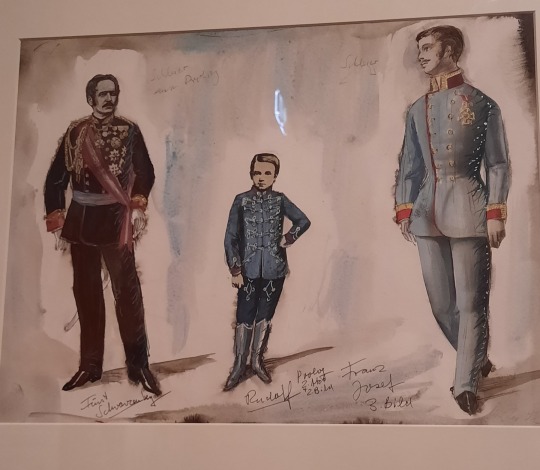
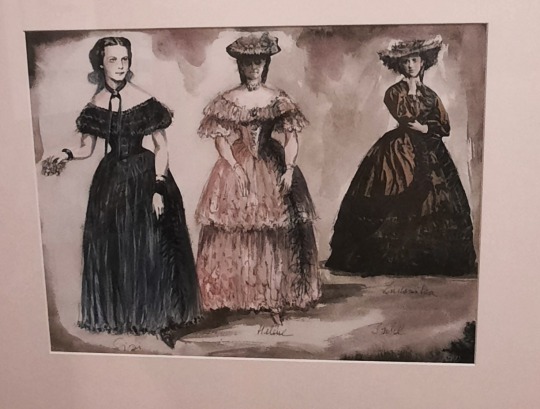
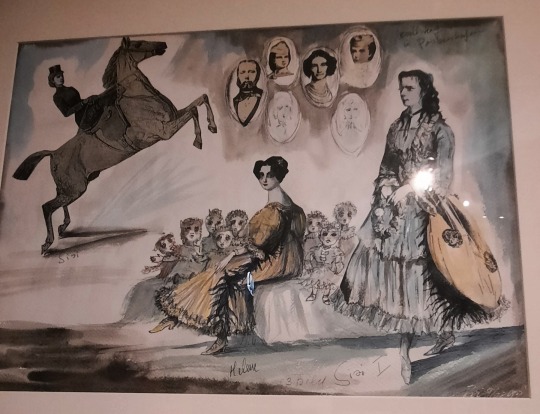
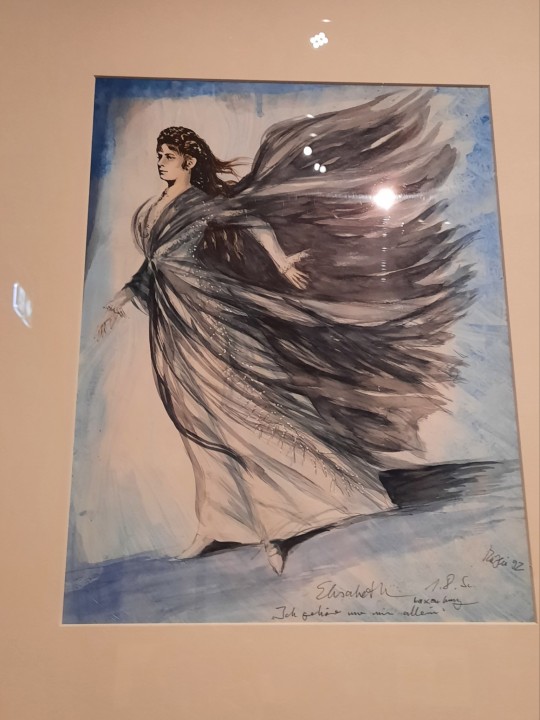
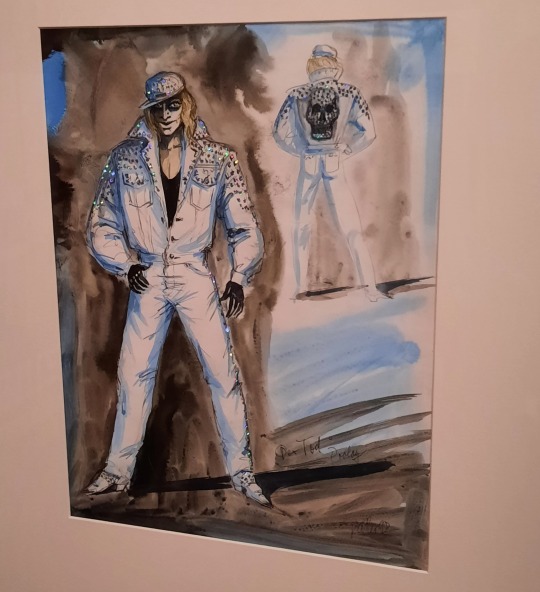
Reinhard Heinrich's original concept art for costumes in Elisabeth das Musical (1992)
Theatermuseum, Vienna
#they play maya's ignm in that corner w the art and a weirdly edited mark der letzte tanz where you can barely hear tod?????#so it's an instrumental except there's some echoey tod vocals here and there lol its weird#someone else may have posted these in more detail but i want to have them all collected on my blog#fj's snatched waist is killing me#musicals#theatre#elisabeth#my photos
138 notes
·
View notes
Photo










Seeing Nick again after being apart.
+ bonus (just hearing his voice again)


#the handmaid's tale#osblaine#thtedit#nick x june#june x nick#june osborne#nick blaine#elisabeth moss#max minghella#fanart#gifset#my edit#she loves him so much#no one else can get these soft looks from her#it was a bit tricky to put all of these in the same post
178 notes
·
View notes
Photo



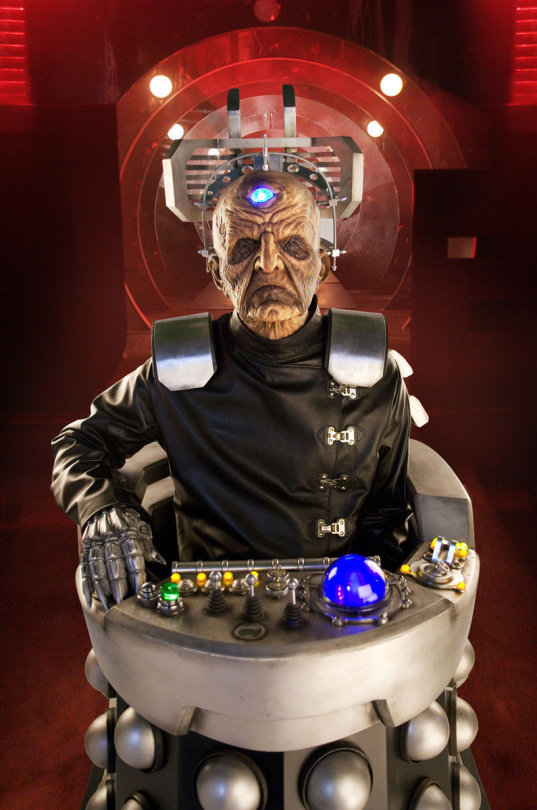
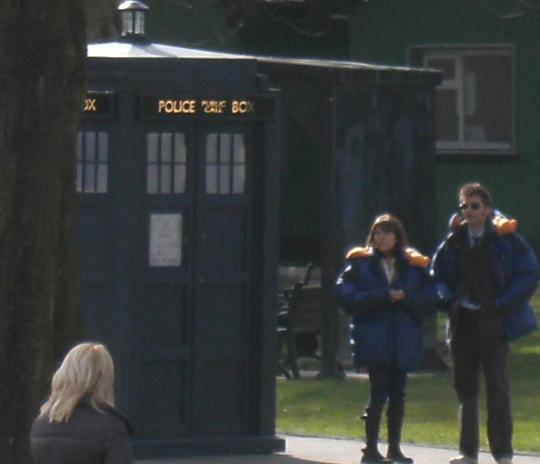

Behind the Scenes - The Stolen Earth/Journey’s End (Part 20)
Excerpt from Benjamin Cook’s set report for the Radio Times:
By the following week, Julian Bleach (Davros) is letting people sit in his Davros chair.
“What’s so lovely about Davros,” says Elisabeth Sladen (Sarah Jane Smith), who’s filming on a set next door, “is that my character remembers him as he was when Michael Wisher played him [in 1975]. But Julian’s portrayal is eerily similar, wonderfully, so this is the same guy as far as she’s concerned. Sarah and Davros even recognize each other!”
“Is my neck coming off?” Bleach asks Freema Agyeman, after an energetic take.
“It’s just popping out a bit,” she says, tucking it back in. “That mask is ewww! I can’t look him in the eye. If Davros had eyes! It gives me the creeps. And his skin is so saggy.”
Link to [ part one ] of the Stolen Earth/Journey’s End Behind-the-scenes posts or click the #whoBtsStolen tag, or the full episode list [ here ]
#david tennant#catherine tate#billie piper#freema agyeman#elisabeth sladen#john barrowman#camille coduri#rtdedit#the stolen earth#journey's end#forever grateful that we got all of Ten's companions together in one episode#such a delight for him and for us#stuff i posted#whoBts#whoBtsStolen
73 notes
·
View notes
Text
I've always thought it was strange there wasn't any manga about Elisabeth giving how popular she (or at least the musical) is in Japan. Well it turns out THERE ARE. Like, many, in fact.
First we have Elisabeth by Kumi Morikawa! A single volume adaptation of the musical, published in 1996 (I think?). There seem to be two editions of it:
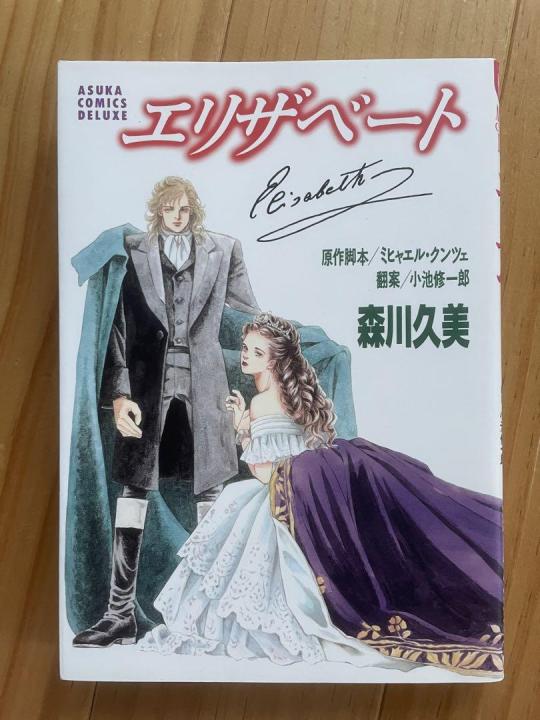

Then we have Tomoko Naka's two volumes-long Uruwashi no Kouhi Elisabeth, published also in 1996 (right and middle pictures). I couldn't find the plot of this series, but I suppose it's just an adaptation of Elisabeth's life. There is also a single volume edition that came out in the early 2000s (left picture):



The art looks pretty!!
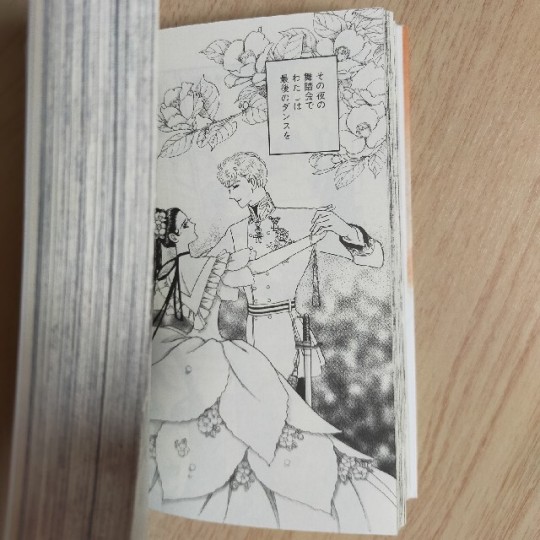

Leaving the 90s shoujo behind, in 2017 the empress was once again depicted in a manga (a seinen this time): Cuvie's Erzsébet!


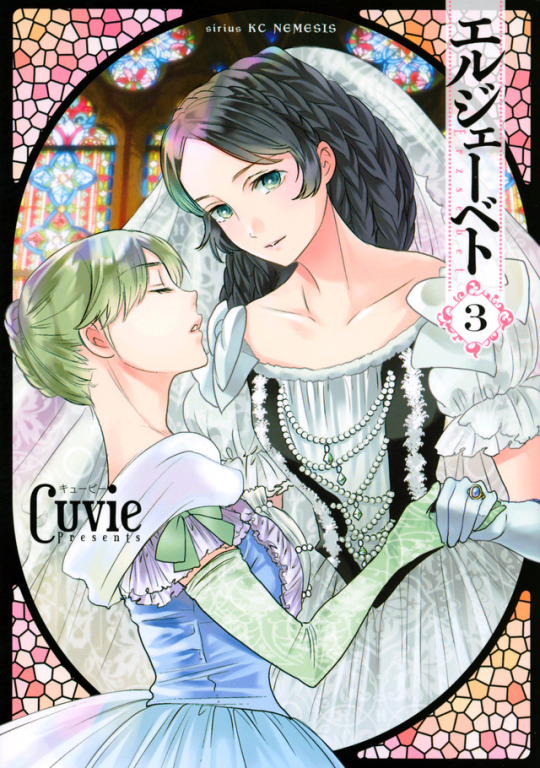
Swords?? Guns??? Yuri vibes???? Whatever this is sign me up!
In this story we follow Ida (not Ferenczy but clearly inspired in her), a Hungarian independentist infiltrated in Elisabeth's entourage to reclute her for the cause. The series ended at the beginning of 2020, closing with a total of three volumes The first chapter is available for free (in Japanese) so I might do a live reading blog of it because just the first four pages are absolutely BONKERS.
And lastly as a bonus, let's go back to the 90s with Hideko Mizuno's Elisabeth!
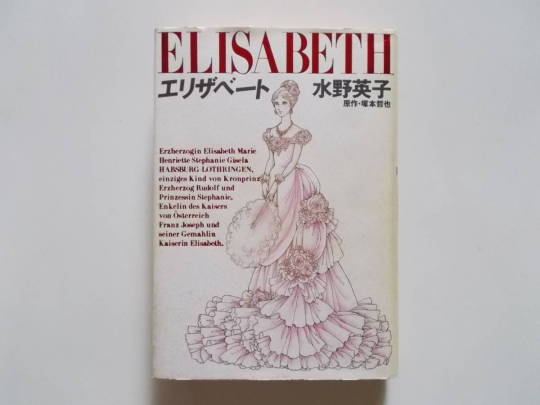
Now this Elisabeth isn't the Empress, but her granddaughter Archduchess Elisabeth Marie of Austria, Crown Prince Rudolf's daughter. Published between 1993 and 1996, this series covers the infamous life of the "Red Archduchess". Mizuno had years before written a manga series about Ludwig II that sadly got cancelled after only two volumes, so for her this was a comeback to a familiar era.
Now this is the sad part in which I tell you that none of these mangas has an English translation, not even fan translations. The fact that I had not even come across these until I searched "マンガ 皇妃エリザベート " shows how little diffusion these works had outside Japan, which is such a pity. Let's hope that at least a scanlation group gets interested in any of these one day!
#i had this in my drafts since i found the elisabeth light novel but i forgot to post it#but yeah reminder to everyone who says ''why all anime/manga is isekai harem trash'' that's just what gets translated!!!!#it's not representative of the media as a whole!! these are shoujo/josei classics and yet are practically unknown outside japan!!!#(also stop only watching things for teenagers lol you are clearly not the target audience)#elisabeth (kumi morikawa)#uruwashi no kouhi elisabeth#erzsébet (cuvie)#elisabeth (hideko mizuno)#empress elisabeth of austria
20 notes
·
View notes
Text
The shadows are shrinking and fading away it's still morning if you just wake up !! They are literally shrinking bro wake upppppp hold onnnnn
#elisabeth das musical#my post’s#my post's#deathposting#this one is not good. but im posting all my drafts
9 notes
·
View notes
Text
I will NEVER shut up about this because the amount of interpretations of the 1992 production of Elisabeth there are is INSANE.
First, we have the character of Der Tod. Who is he? You can see them as an actual entity who guides souls to the afterlife. You can see them as a physical manifestation of the characters' inner struggles. You can also see them as an entity conjured up by Lucheni in the purgatory as a way to shift the blame off of himself perhaps.
What about his intentions? You can view Tod as an otherworldly, immortal entity who genuinely had feelings for Elisabeth or you can see him as someone who was obsessed with her perseverance and defiance and only wished to collect her soul and did not actually care for her (even though he does say he loved her in the prologue?). One interesting part is how Tod lays Elisabeth's body on the floor at the very end. What could that mean?
On the topic of intentions, there's also the case of Tod's relationship with Rudolf. Was Tod merely using Rudolf to send Elisabeth into despair once her only son had passed? Or was there a genuine connection between the two, with Tod being a true friend to Rudolf and not having much influence on the Kronprinz's choice to actually take the gun?
And the visual aspect of the original 1992 Tod played by Uwe Kröger? Gives you so much room for interpretation as well. Is Tod's form crafted to suit the taste of the characters? Or is it just the usual form he takes when interacting with any human? Is the way he looks ACTUALLY his usual form? Maybe he doesn't even have a body but needs to look human-like so that mortals don't automatically run away screaming. And do the characters actually see him the same way the audience does? In "Maladie", he does come to Elisabeth with virtually no disguise (he doesn't even have the hat he uses in later versions). He kind of claims to be Dr. Seeburger, how come neither the staff nor Elisabeth recognise him when we, the audience, can clearly see it's Tod?
There's also the aspect of Tod willingly participating in Lucheni's staging of Elisabeth's life. He's not really one of the puppets, so does that mean every now and then, whenever Lucheni needs to go over the entire story while arguing with the Judge, Der Tod comes over out of his free will and joins in to play his part? What does he get out of this? Does he simply wish to see Elisabeth or Rudolf again? Who knows!
You can't be certain when it comes to anything about 1992 Tod's character or the entire musical for that matter. It's all up to the viewer to decide what they think is the truth and that's why I feel like so many people can find this musical interesting - you aren't served a ready-made story, but can somewhat choose what you think happens or what certain characters are like. The mysterious feel of it all is what really makes this version stand out.
#elisabeth das musical#german musicals#elisabeth 1992#der tod#der tod elisabeth#todolf#uwe kröger#elisabeth#uwe's hair is also a major advantage in my personal opinion#this was inspired by many posts on this site so thank you all elisabeth fans for sharing your thoughts and theories
101 notes
·
View notes
Text
it always makes me laugh when i think about how elisabeth gets older during the musical and ofc death is still supposed to look like a pretty anime twink next to her, so i imagine that at some point she'll be like 'did something happen to me or have you always looked like a fucking schoolboy' so much room for jokes........
#she needs to bully him more.#in fact i even drew a meme about sth like that (but it also included ludwig)#where elisabeth says 'ugh im so tired of all those schoolboy admirers'#and ludwig is like 'erm actually i'm 20 already :/'#tod is like 'i'm older than the world!!?! :/'#idk if i posted it here maybe i'll make a new version#elisabeth das musical
31 notes
·
View notes
Text
ive been wanting to post my art for a bit (done before for previous fandoms but im a new woman now) but its SO SCARY
#used to post it on twitter BUUUUTTTTTTTT#twitter fandom is not for me#unrelated to elisabeth or musical theatre fandom or anythign#EEK!#also i dont really have Art. its like Drawings. i did a Sketch.#im trying to get back in to digital art so i can make finished pieces but all i can use is my trackpad?!!?!?!
7 notes
·
View notes
Text
Me trying to figure out how to fill in all the gaps for the sixsona additions with all these returning actors and repeat covers

#I wrote this like a year ago and somehow never posted it#but it's true#so happy for them!!!! but all the 2023 additions were so hard to figure out and that's why we had several who didn't have the right covers#sixsonas#elisabeth memes
8 notes
·
View notes
Text









Finlay Friday
#julie finlay#finlay friday#elisabeth shue#csi cbs#csi crime scene investigation#db russell#ted danson#Kerri Torres#not the Finlay Friday I wanted to post#but I couldn’t finish my edit in time#I don’t ship them romantically at all#but I love everything else about them#frussell
16 notes
·
View notes
Note
PLEASE tell me more about Death/La Mort in the Brussels production I'm begging you
Okay :D
This is going under a cut because it's going to be LONG. What the Festival Bruxellons did with La Mort is completely unique and special, and honestly, just thinking about the production makes me vibrate with joy. It's a bit ironic in this case, but the characterisation really breathed life into the show in a way that's never been seen before.
Forgive me if this is rambly or if I miss some details; I'll be happy to clarify if any questions (about specific songs, blocking choices) arise.
In general
Death, or La Mort, is a seductive figure. There's no doubt of that - when the first promo photos surfaced, a lot of people made jokes about the fact that he's literally wearing a mesh shirt and has his chest out for the entire show. However, it's a completely different kind of seduction from Tods like Máté or Mark. His vocals are silk-smooth; there's zero growling; and the choreography in numbers like WITW or Schatten doesn't have any of the rough bodily manipulation that we're accustomed to seeing.
But this is not a 1992 UweTod rehash (detached, inhuman) either! La Mort can experience deep emotion, and whenever he sings about how he feels, he's genuine. Of course, some of this comes down to song changes - you couldn't really do another 1992 UweTod and have Kein Kommen Ohne Gehen, which every production is probably obligated to have nowadays - but in my opinion, Brussels utilised the current song list well to tell a coherent, emotionally resonant story.
Physically
Generally, La Mort is like you would expect an eternal force to be; calm, confident, charismatic, smooth in the way he moves. He looks and feels like a prettier rockstar version of Heinrich Heine - a very magnetic presence on the stage. He has awesome makeup. In the prologue he sings "All meet their end in my arms, girls and boys" while lifting up two members of the ensemble (a woman and a man) by their arms. The smoothness kind of goes for almost all of the Deaths across different Elisabeth productions, but in the case of La Mort, there are also some key differences.
La Mort seems to be able to control people without touching them physically (he does a bit of this to Sisi during Letzte Tanz), but he doesn't use that power to hurt them - in this case, he mostly flings her around a bit. Notably, he uses his powers to "throw" Sisi BACK into FJ's arms at the end of the song. He doesn't touch her directly nearly as much as Tod does Elisabeth in the Vienna productions: to put it bluntly, zero groping or hip thrusting here, even though he grabs her hand. Sometimes he also delegates physical touch to his Anges de la Mort (in this prod, a group of four young dancers, who seem to act as kind of like his children or some "little cousins" he's taken along to work - in any case, family): notably, he directs them to touch Rudolf in Schatten (and Mayerling, but we'll talk about that later). He does also touch humans directly on occasion - after Bellaria, he kisses Sophie's hand before he and the angels lead her off the stage, and during WITW and Schatten he hugs Sisi and Rudolf from behind. But there's very little WITW airplane choreography, no Schatten puppet/doll choreography, and no Mayerling or DSF kiss. Again, I'll talk about this later.
He's also not above being bodily influenced by humans: during WITW, Sisi pushes him multiple times and he falls on his rear, kinda echoing what happens in Vienna Letzte Tanz to Sisi. (Also, to get up off the floor, he does a one arm side flip like it's no big deal.) He's also not above letting go of his effortless grace in moments where it's important: yet again, more on that later.
Emotionally: Elisabeth (1)
The most important thing about La Mort is that he doesn't care that he's getting rejected. Sure, he's invested enough to keep turning up to bother Elisabeth: but he knows he's going to win eventually. Their first meeting in KKOG has them both smile and seem to genuinely reach an understanding, acknowledging that Elisabeth still has a journey to go through before she can go with him. (Lyrics: "En attendant ce jour où tu posera ta main / J'ai un chemin que je veux suivre").
In Letzte Tanz, Elisabeth goes in for a kiss and La Mort evades it. He's trying to get her to come with him, sure, but there's no hurry, and he seems to think the moment isn't right yet. In Mach auf, he tempts her again, and then smiles for the entire time that Elisabeth is screaming at him to leave her alone - he doesn't mind. This also repeats after Maladie. In WITW, he tries to caress her face and she pridefully turns her head away - this seems to sting a bit, but he still doesn't try to coerce her violently.
Emotionally: Rudolf
For Mama wo bist du, Rudolf's bed is pushed onstage by the angels. Rudolf is tossing and turning, in the midst of a vivid nightmare, and gasps awake. During the first verse, La Mort hears him singing to himself about how there's nobody to comfort him and approaches, his eyebrows furrowed, frowning a little. He's quite gentle in telling Rudolf that it's useless to call for his mother, and after Rudolf begs him not to leave, he sits on his bed opposite him, leaning back against the frame, seemingly a bit perplexed by the child but also feeling pity for him. There's a cute bit when Rudolf says he can be strong and flexes his arm: the angels and La Mort mimic it. At the end of the song, La Mort makes a hand gesture to direct the angels to tuck Rudolf in, which they do.
When they meet again in Schatten, Rudolf is in sore need of reassurance, and La Mort sees this. They seem to have had an ongoing, long-lasting friendship (link: my lyrics meta about it). La Mort encourages his ambitions - he seems genuinely concerned about his despairing state and the state of the world, and there's no ">:DDD" (or anything resembling the expressions that MátéTod, for example, makes). He hugs Rudolf in reassurance for almost an entire verse (the 'nichts ist schlimmer' one); later, during the "what's holding you back" verse he directs the angels to surround him, and as he sings "Take the power!" he puts his hand on Rudolf's heart, almost as if he's "putting his power into him"? And at the end, he and the angels bow to Rudolf ("l'empereur Rodolphe"), and Rudolf seems to gain courage to act from this. When Rudolf sang "you are always there in my heart / my friend of terrible days / you alone reassure me when i'm afraid" and when La Mort sang "call for me, and i'm there", they meant it.
And then we get to the most interesting choice of them all.
HOLYSHITBRUSSELSMAYERLING
Rudolf, standing on the center of the stage alone, having been denied any help by his mother. Enter MARY VETSERA from the back. She goes up to him, they talk, seem to reach a conclusion, and hug. Enter LA MORT and the ANGELS. La Mort stands to the side of the stage looking at the pair, perplexed, and the angels go up to them, trying to pull them apart and embrace them. Rudolf and Mary are angry at this and push/shrug them away. As Rudolf and Mary embrace each other again, La Mort steps forward and hugs himself, prompting the angels to try to pull Rudolf and Mary apart once more. They again shrug them off. The angels helplessly turn to look at La Mort; Rudolf and Mary kiss, and then, Rudolf pulls out a gun. Immediately, La Mort makes a quick, sweeping gesture; the angels rush in to take away the gun. They pass it to each other, drawn into a sort of dance with Rudolf chasing them; but eventually Mary, standing in the middle of it all, manages to catch the gun and passes it to Rudolf. She calmly turns to face the audience, and Rudolf shoots her in the head.
As Rudolf lifts the gun to his own temple, La Mort SPRINTS. He takes off running towards him in full speed, hair and coattails flapping, perhaps in a last-ditch effort to intervene; but he's too late, and can only catch Rudolf in his arms as he falls, dead. He hugs Rudolf tightly against his chest, looking at him in disbelief; as the angels move in to clothe Rudolf and Mary in the veils of the dead (seen in the prologue), La Mort reaches forward to caress Rudolf's face, but Rudolf turns away from him and walks offstage, followed by Mary. La Mort is left standing there, his hand still outstretched, before he slowly lowers it and follows them (and the angels follow him).
Motives & The Extent of La Mort's Powers?
It feels like La Mort doesn't control when a person dies. He can only take them when worldly circumstances cause their life to end, whether it be an act of violence or something like old age. He actively tries to stop Mayerling from taking place, but because Rudolf's desperation is so deep, he fails - and seems genuinely mournful about it. He tried to encourage Rudolf to take action and make the world a better place, for Rudolf's sake as well as the sake of others, and in the end, that encouragement unintentionally was what led to Rudolf's premature death.
Emotionally: Elisabeth (2)
In Totenklage, La Mort is quite cold and even angry with Elisabeth. Still no violence or aggression: he's just quite unsympathetic to her lamenting. With the choices made in this production, I would be drawn to interpret this as it being because of what happened to Rudolf, though I could be wrong.
After she's stabbed, there's no more ill will between them: like is his duty, La Mort comforts her as she dies, and at the end, she jumps up into his arms and he carries her off towards the back of the stage: then, as he turns and sort of presents her to the audience, she goes limp. This is an interesting contrast considering that Rudolf and Mary walked off the stage on their own feet, wearing the Veils of the Dead (visible in the prologue). Elisabeth gets no veil.
In Conclusion
OH MY GOD LA MORT SPRINTS TO CATCH RUDOLF BEFOR EHE FALLS OH MY GOD OH MY FUCKGIN G
also the director confirmed la mort is panromantic and asexual
also did you know the makeup artist in charge of la mort's makeup was LITERALLY THIS PRODUCTION'S LUCHENI and his eye makeup looks amazing i want to wear it every day

photo & starring: Kaplyn (La Mort)
makeup: Antonio Macipe (Lucheni)
source: Kaplyn's Facebook
#elisabeth das musical#elisabeth bruxellons#elisabeth#elisabeth musical#der tod#la mort#i'm absolutely obsessed with this production and wish it a very cd recording#tbh dvd would be even better but cd is something that they're actually thinking about#yall need to buy it so there will be an elisabeth bruxellons revival#i'll give no other christmas presents this year jshnadk all my friends and family will simply be forced to become elisabeth enjoyers#lmk if i missed something!#if this post gets 50 likes i'll contact antonio macipe and ask for a la mort makeup tutorial
71 notes
·
View notes